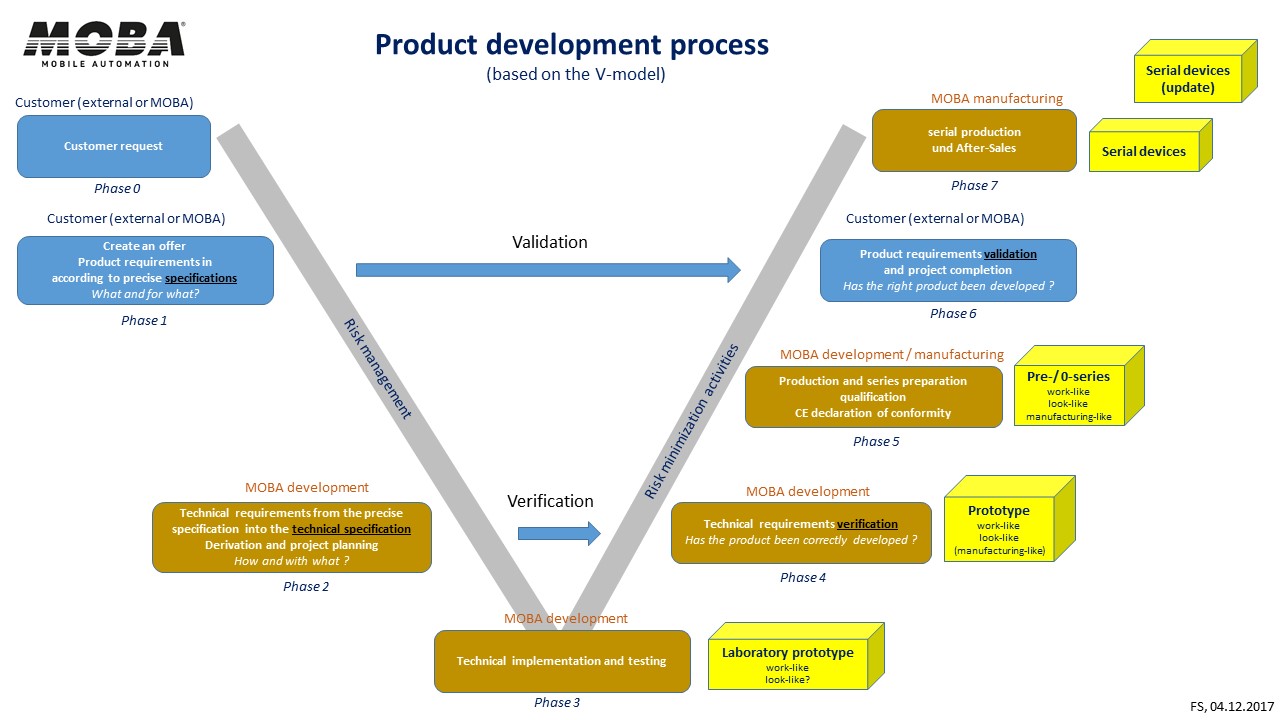


Functional vs nonfunctional requirementsįunctional requirements are product features or functions that developers must implement to enable users to accomplish their tasks. Before diving into the detailed description, let’s compare them side by side. This article is focused on functional and nonfunctional types of requirements.
#Software development models of canteen management system software
Software documentation and planning in 11 minutes or less To learn more about software documentation and planning, consider checking our video explainer. Examples can be “ users must be trained to operate the system” or “previous data must be migrated to the cloud storage.” They are only necessary for the short period of time while the transition takes place. They are also known as quality attributes.Īn additional group of requirements defines what is needed from an organization to successfully move from its current state to its desired state with the new product.

These include high-level statements of goals, objectives, and needs. Types of requirementsīABOK, which is a recognized set of business analysis industry standards, offers the following classification of requirements. In this article, we’ll discuss the main types of requirements for software products and provide a number of recommendations for their use. According to the Business Analysis Body of Knowledge (BABOK) definition, requirements are a usable representation of a need.Ĭreating requirements is a complex task as it includes a set of processes such as elicitation, analysis, specification, validation, and management. High-quality, detailed requirements also help mitigate financial risks and keep the project on a schedule. They establish a formal agreement between a client and a provider that they are both working to reach the same goal.


 0 kommentar(er)
0 kommentar(er)
